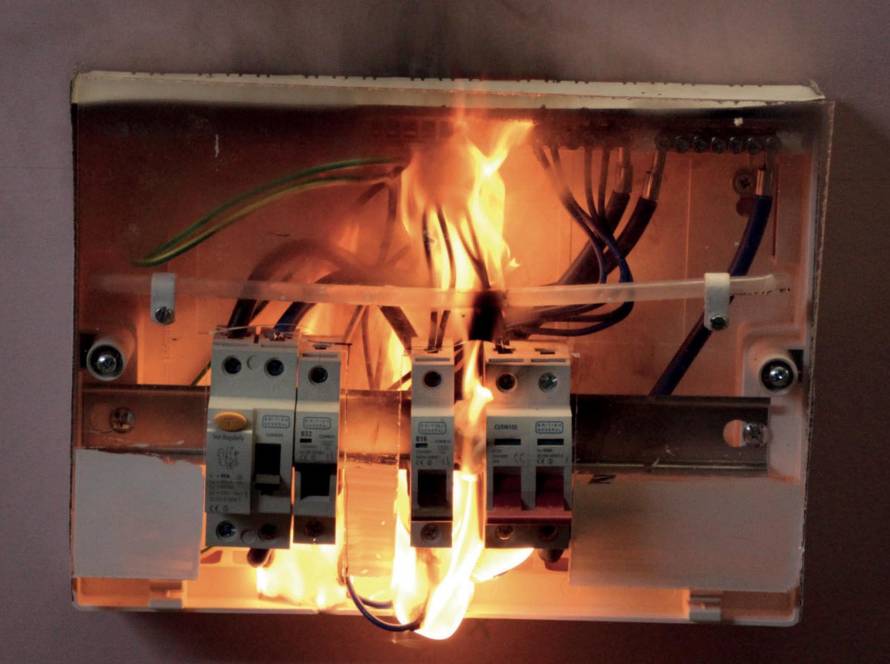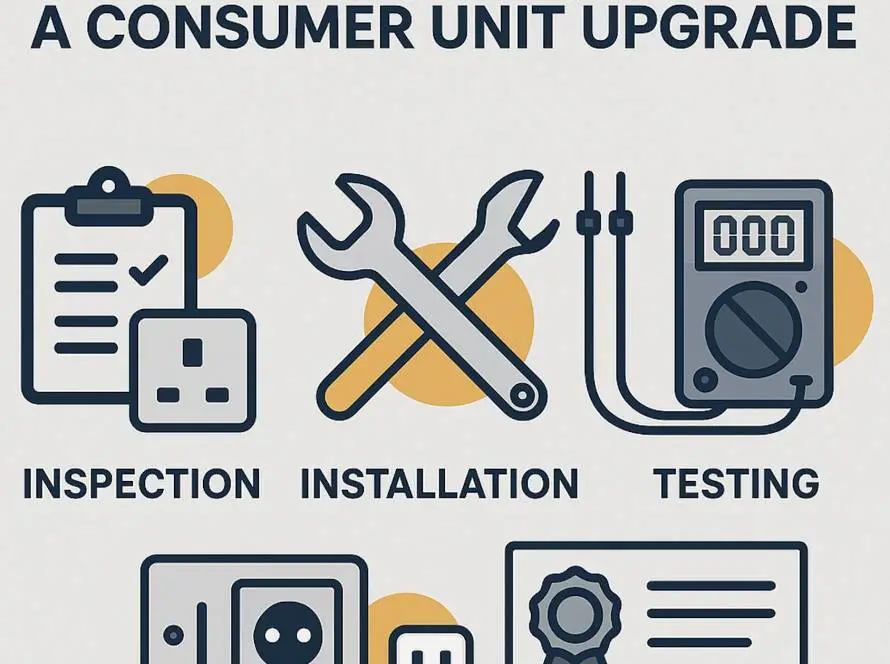For many homeowners and landlords, the consumer unit is that grey box in the cupboard under the stairs mysterious, unlabeled, and best left untouched. But inside that metal casing are carefully chosen components designed to prevent electrical fires, protect your appliances, and even save lives. In this post, we break down what’s inside a modern consumer unit and explain what each part does, in simple terms.
What’s Inside a Consumer Unit – And Why It Matters
Main Switch
This is the big red switch that controls the entire installation.
It disconnects all power from the circuits, allowing for safe maintenance or emergency shutdowns.
Think of it as the master control – without it, there’s no off switch for the property.
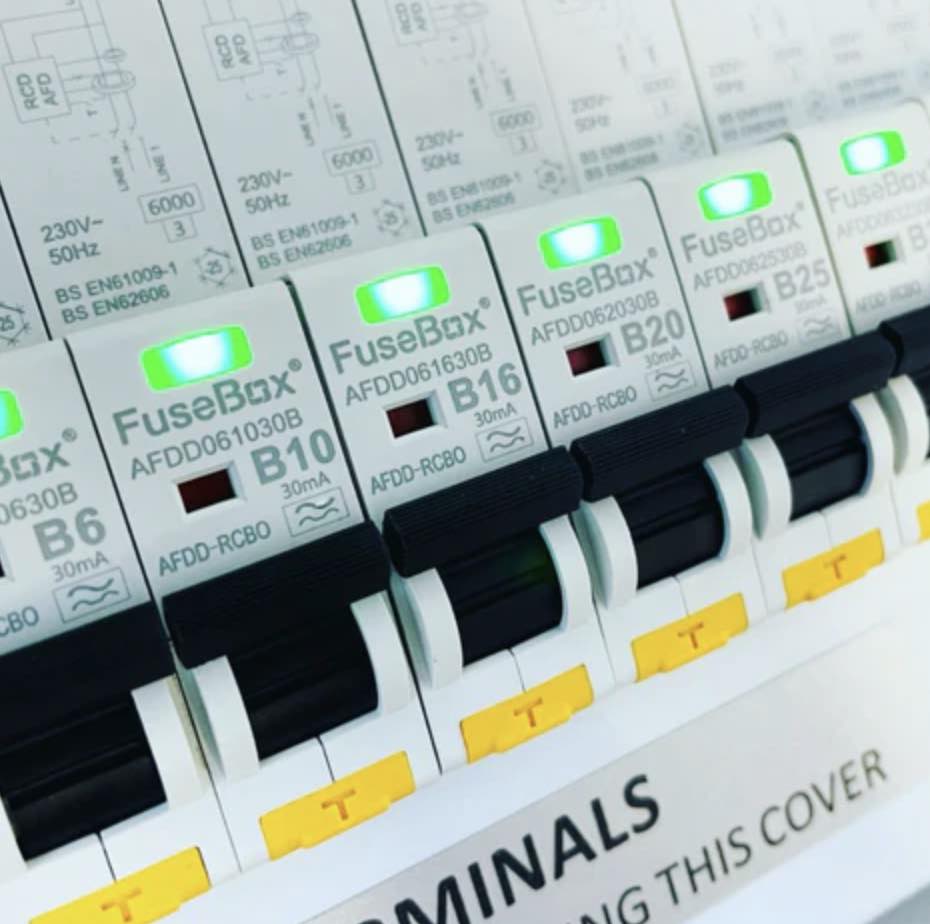
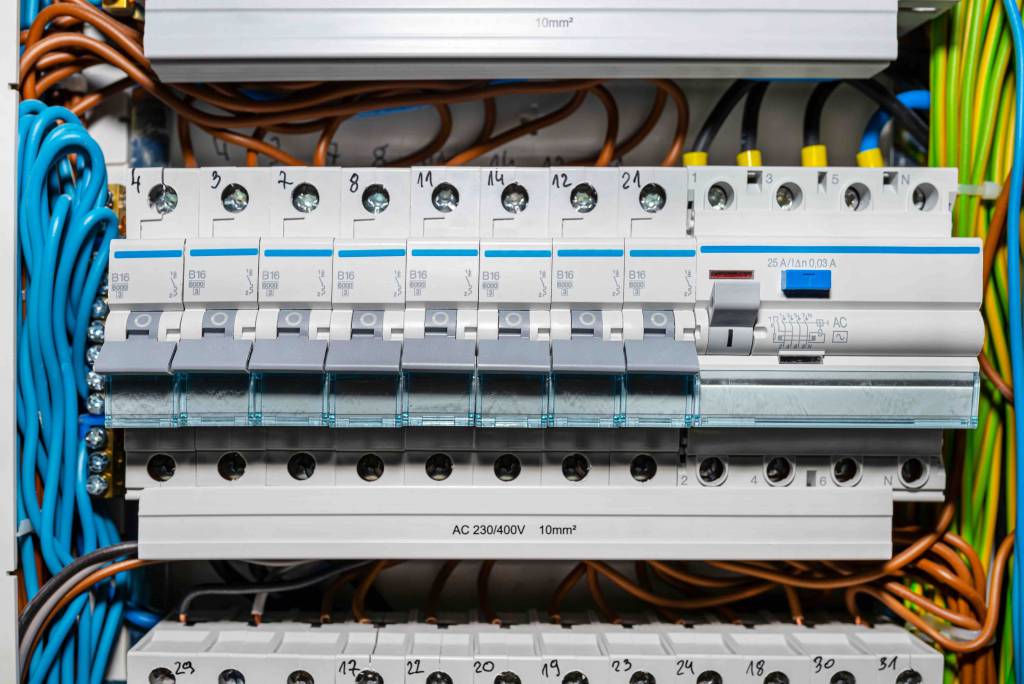
RCBOs (Residual Current Breaker with Overcurrent)
These combine two protective functions into one:
- RCD (Residual Current Device): Detects earth leakage (e.g. someone touching a live wire)
- MCB (Miniature Circuit Breaker): Trips on overload or short circuit
Each circuit in a modern board should ideally have its own RCBO.
This means that if there’s a fault in one circuit, only that circuit trips, keeping the rest of your home powered.
SPD (Surge Protection Device)
This device protects your installation from transient overvoltages — such as those caused by nearby lightning strikes or power grid switching.
It diverts excess voltage away from your system, reducing the risk of damage to:
- TVs
- Computers
- Smart appliances
- Boilers
- Chargers and more
Surge-related damage could cost hundreds to thousands of pounds — an SPD, by contrast, costs a fraction of that.
Busbar and Neutral Bar
These copper bars distribute power from the main switch to each circuit breaker and return current to neutral.
They’re essential for delivering consistent and safe power flow.
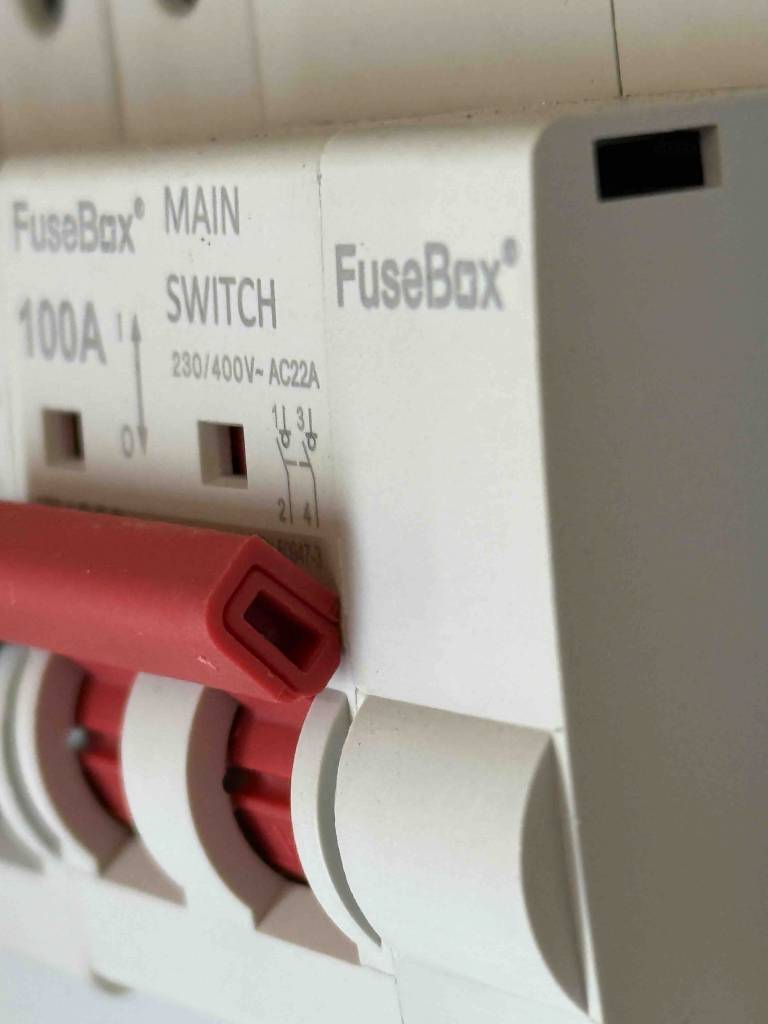
AFDD (Arc Fault Detection Device) – Optional but Emerging
These newer devices detect dangerous electrical arcs (caused by damaged cables or loose connections) that don’t trigger standard breakers.
While not mandatory in every domestic setting yet, they are increasingly used in:
Fire-risk properties
HMOs
High-rise flats
Circuit Labels
Modern boards come fully labelled — each circuit is marked for a specific area or function (e.g. kitchen sockets, upstairs lights).
This makes future fault-finding, repairs, or inspections easier and faster.
The Anova Difference
We don’t just install these components, we explain them, configure them properly, and document everything so you always know what’s protecting your home.
And because we stay up to date with the latest regulation changes, your install is future-ready from day one.
Ready for an upgrade? Contact Anova to discuss your property’s safety and compliance needs.
📞 Call: 02080516482
📩 Email: info@anovauk.com
💬 WhatsApp: Click the button below



